VI. Structure and Evolution of the Universe
§ 25. Our Galaxy
Additional materials for the lesson
1. The Milky Way and the Galaxy
Our Galaxy consists of practically all objects visible in the sky with the naked eye from the middle latitudes of the Northern Hemisphere of the Earth, mainly stars. The only exception is a faintly visible nebulous spot in the constellation Andromeda, known as the Andromeda Nebula, which resembles the shape of a candle flame.
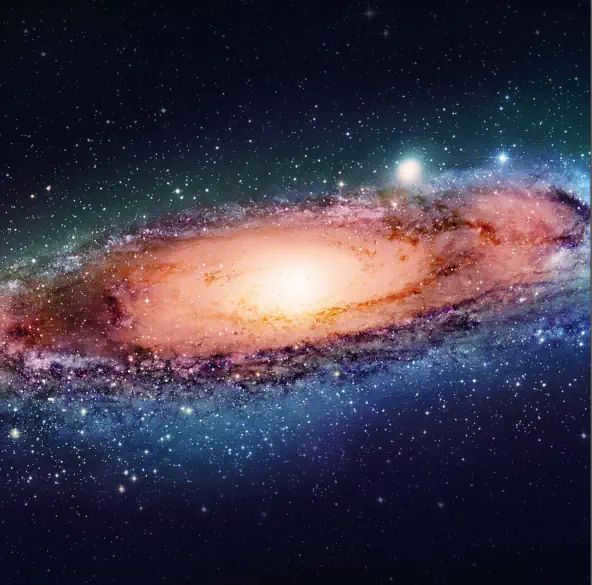
The Milky Way is a notable aspect of the night sky. During the initial uses of telescopes, astronomers were able to identify numerous dim stars within our galaxy. As one can observe on a clear night without the presence of the moon, the Milky Way extends across the entire sky, appearing as a pale, wispy band (Fig. 6.1).
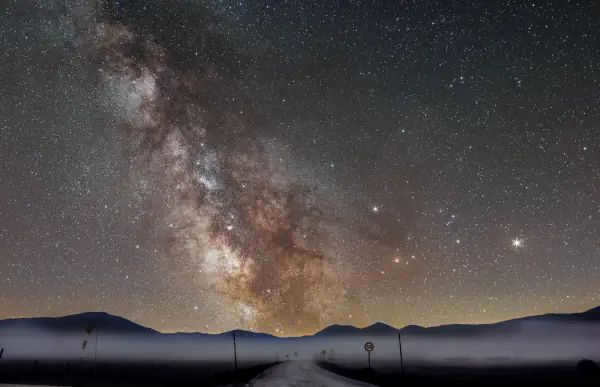
The concept of the universe having “an island structure” has been proposed on numerous occasions in the past. Nevertheless, it was only towards the close of the 18th century that Herschel put forth the initial model of our Galaxy’s structure (Fig. 6.2).

Based on star counts in different parts of the sky, he determined that the number of stars decreases significantly as you move away from the Milky Way. His calculations showed that the dim stars of the Milky Way, along with the brighter stars, make up a single star system that has the shape of a disk with a finite size. The diameter of this disk is more than four times its thickness.
The final discovery of our Galaxy came from the identification of several Cepheids in the Andromeda Nebula in 1923. By observing these Cepheids, scientists were able to measure the distance to the nebula and confirm that it was not just a nebula, but another star system similar to ours. The term “galaxy” was then used to describe all nebulae outside of our own Galaxy. According to current data, the Andromeda Galaxy is located a little over 2 million light-years away from us.
The study of our Galaxy and other galaxies, such as the Andromeda Nebula, has greatly contributed to our understanding of our own Galaxy. By comparing these galaxies, scientists have been able to identify various characteristics and structures within our Galaxy. For example, similarities in the number and type of stars, as well as the overall size and structure, have led researchers to conclude that our Galaxy, like the Andromeda Nebula, possesses spiral arms. Further in-depth investigations have subsequently confirmed this hypothesis.
2. Star clusters and associations
As you may already be aware, the population of individual stars is smaller compared to the population of stars that form double and multiple systems. Furthermore, within our galaxy, there exist various clusters of stars that differ in both their quantity and shape.
A star cluster refers to a collection of stars that are situated in close proximity to each other and are held together by the force of mutual gravity.
There are two main classifications of star clusters: globular clusters and scattered clusters.
Scattered clusters typically consist of a relatively small number of stars, ranging from a few dozen to several thousand. One of the most well-known scattered clusters is the Pleiades, which can be observed in the Taurus constellation.
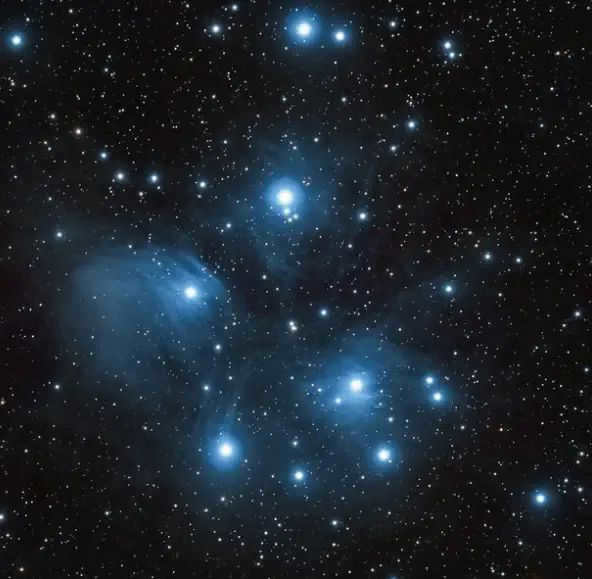
There is an additional cluster – known as the Hyades – located in the same constellation, forming a triangular shape with faint stars surrounding the bright Aldebaran. Certain stars from the Big Dipper constellation also form a dispersed cluster. These types of clusters can mainly be seen near the Milky Way. Approximately 1200 scattered clusters have been identified, but it is believed that there could be many more within the Galaxy.
Globular star clusters consist of hundreds of thousands or even millions of stars. One particularly notable cluster, M13 in the constellation Hercules (Fig. 6.3), can be observed without the aid of a telescope under exceptionally clear conditions and away from light pollution. The distribution of globular clusters in the Galaxy varies: the majority of them are situated near the galactic center, with their density decreasing as distance from the center increases. Currently, there are approximately 150 recognized globular star clusters within the Galaxy.
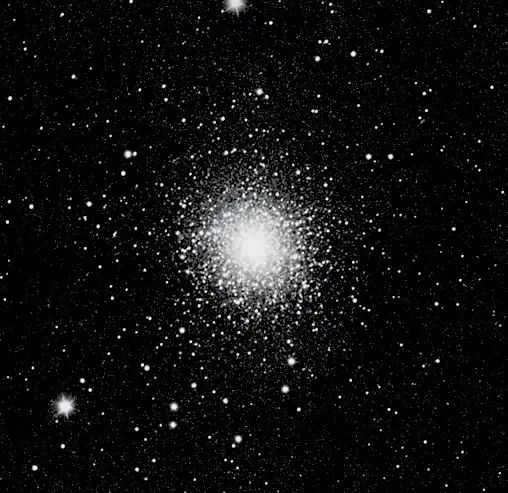
The variations in the stellar “population” of the two cluster types are also apparent. Dispersed clusters primarily consist of stars, similar to the Sun, that are part of the main sequence. In contrast, globular clusters contain a large number of red giants and subgiants, with the main sequence being predominantly occupied by the smallest stars – red dwarfs.
It has been discovered that out of the approximately 500 well-studied star clusters, not a single one contradicts the conclusions of the theory of stellar evolution when examining the “spectrum-luminosity” diagram.
Therefore, the discrepancies between the two types of clusters can be explained, according to current theories, by the difference in the ages of the stars that make up the clusters and, consequently, the ages of the clusters themselves. Calculations have revealed that the age of many scattered clusters is no more than 1-2 billion years, while the age of globular clusters is much greater and can reach 11-13 billion years.
Stellar associations, which consist of the youngest stars that are not held together by gravity, are referred to as groupings. A number of these groupings are less than one million years old. However, these associations do not last for a significant amount of time in cosmic terms. Within just 10-20 million years, they expand to such an extent that it becomes impossible to distinguish their stars from other stars.
The presence of star clusters and associations of various ages in our galaxy indicates that stars are not formed individually but rather in groups. Furthermore, the process of star formation is ongoing and continues to occur in the present day.
3 The interstellar medium: gas and dust
The distribution of interstellar matter in the Galaxy is highly uneven. The majority of gas and dust is concentrated in a relatively thin layer (approximately 200-300 pc) near the plane of the Milky Way. In certain regions, this matter condenses into massive clouds (hundreds of light-years in diameter) that obstruct the view of stars behind them. These clouds appear as dark patches within the Milky Way (refer to Fig. 6.1), which were previously believed to be starless regions, providing a glimpse beyond our galaxy.
The largest and closest cloud causes a noticeable split in the Milky Way, extending from the Eagle constellation to the Scorpius constellation. This phenomenon is depicted on star maps (refer to the School Astronomy Calendar).
The scattering and absorption of starlight is caused by cosmic dust, which consists of particles that are similar in size to the wavelength of light. These particles have a stronger absorption of shorter-wave radiation in the blue-violet part of the spectrum, while the absorption is weaker in the long-wave (red) part of the spectrum. As a result, distant objects appear redder as their light is weakened. Additionally, the dust particles have varying chemical compositions, such as graphite, silicates, and ice, and they also have elongated shapes.
The second challenge lies in the fact that more than 50% of the interstellar matter in the Galaxy consists of neutral hydrogen, which does not emit light or absorb it. Information about the distribution of neutral hydrogen in the Galaxy has been obtained through radio astronomical research, which has utilized the properties of the hydrogen atom’s structure. It has been discovered that the hydrogen atom’s main energy level has two sublevels. The transition from one sublevel to the other emits a quantum with a frequency corresponding to a wavelength of 21 cm. On average, this transition occurs once every 11 million years in each individual hydrogen atom, but because hydrogen makes up the majority of the Galaxy’s matter, the radio emission at a wavelength of 21 cm is quite strong (Figure 6.4).
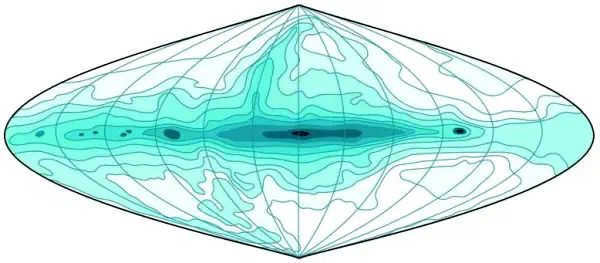
The identification of the spiral branches, along which the concentration of hydrogen is observed, is based on the radio emission of this element (Fig. 6.5).
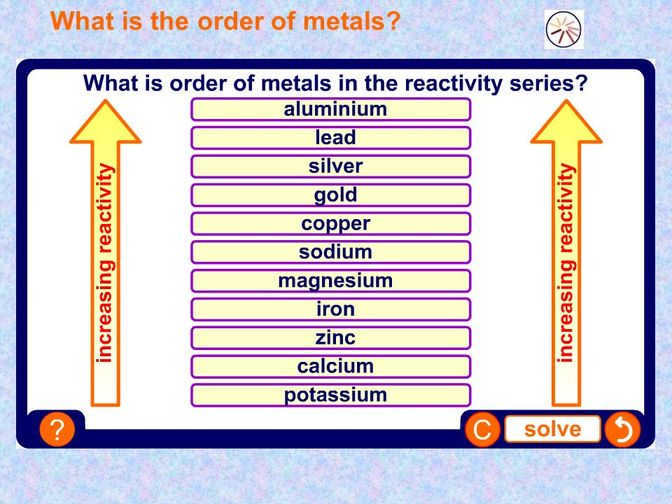
The order from largest to smallest is as follows: universe, galaxy, solar system, star, planets, moons, and asteroids.
Explanation:
Let’s describe them from smallest to largest. The exact order of size may vary due to exceptions.
An asteroid is a small rocky body that is located in the asteroid belt between Mars and Jupiter. The largest asteroid, Ceres, has been reclassified as a dwarf planet.
A moon is typically a rocky body that orbits a planet. Some moons, like our moon, are quite large and usually larger than asteroids. However, there may be some moons that are smaller than certain asteroids.
A celestial body is a nearly spherical object that revolves around the Sun. Celestial bodies are larger than moons.
A star is the central object that celestial bodies orbit around. It emits light and heat. Our Sun is a star that is significantly larger than all the celestial bodies combined.
The solar system consists of a star and all of its celestial bodies, including asteroids, comets, and other objects. It is much larger than a star.
A galaxy, like our Milky Way Galaxy, is a collection of solar systems revolving around a central core. Most galaxies have a supermassive black hole at their cores.
Galaxies also form clusters, which are large-scale structures.
The universe encompasses everything. It contains billions of galaxies.
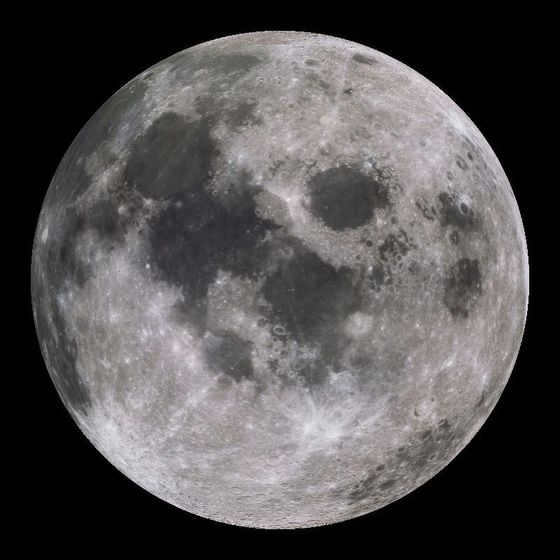
F = 1.989 * 10 ^ 20 kgm / s ^ 2, which is equal to 3.7 * 10 ^ -6% of the gravitational force calculated using Newton’s equation F = (Gm_1m_2) / (r ^ 2). Assuming the mass of the Earth is m_1 = 5.972 * 10 ^ 24 kg and the given mass of the moon is m_2, with G equal to 6.674 * 10 ^ -11 Nm ^ 2 / (kg) ^ 2, we find that the moon’s F is 1.989 * 10 ^ 20 kgm / s ^ 2. If we repeat this calculation with m_2 as the mass of the Sun, we get F = 5.375 * 10 ^ 27 kgm / s ^ 2. Therefore, the Moon’s gravitational force is approximately 3.7 * 10 ^ -6% of the Sun’s gravitational force.
What is the sequence of solar system, galaxy, and universe? How do they relate to each other?

The solar system, galaxy, and universe are organized in a specific order based on their size. The solar system consists of a central star, known as the sun, and various planets that orbit around it. Moving up in scale, a galaxy is a vast collection of solar systems, each with its own sun and planets, that revolve around a central point known as the galactic center. Finally, the universe encompasses all galaxies, including our own, and is incredibly vast in size.
What is the sequential arrangement of suns, planets, comets, asteroids, and satellites in terms of their size?

The sun is the largest celestial body in our solar system. Following the sun, we have the planets, which orbit around it. After the planets, we have asteroid satellites and finally, comets.
If you are interested in reading “Peter Hamilton: The Dysfunction of Reality: An Overture” online, you have come to the right place. We are offering the entire text of the ebook completely free. In some cases, there is also a summary available. This particular book falls under the romance_sf category and is in Russian. On our portal, you can find the description of the work, including the preface, as well as customer reviews. The library “Lib Cat” – LibCat.ru is designed for book enthusiasts and offers a wide range of genres.
By choosing a category that appeals to you, you can discover truly worthwhile books and immerse yourself in a world of imagination. You can feel the experiences of the characters or learn something new and make your own personal discoveries. Below, you will find detailed information about the current request to familiarize yourself with the book.
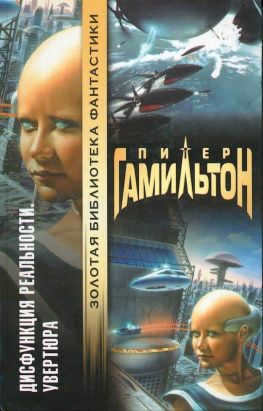
Reality Dysfunction: Overture: an overview, details, and analysis
We recommend taking a look at the abstract, details, summary, or preface (depending on what the author of Reality Dysfunction: Overture has provided). If you couldn’t find the specific information you’re looking for about the book, please leave a comment, and we’ll make an effort to assist you.
Before you is one of the most remarkable and far-reaching space sagas of our era. Right in front of you lies “The Arrival of Darkness” authored by Peter F. Hamilton. It is set in the midst of the third millennium, where humankind has successfully colonized numerous celestial bodies across the vast expanse of the Galaxy. The field of genetic engineering has achieved mastery over the art of cloning, while scientists have made groundbreaking strides in building sentient interstellar vessels and intelligent “synthetic planets.” The year is the mid-3000s, and humanity finds itself divided into two fierce and feuding alliances – the Edenists and the Adamists – who respectively advocate for and oppose the implementation of cutting-edge technologies. Despite this division, the Council of the Confederation of Planets continues to uphold peace within the realm of space. However, the enigmatic Neutron Alchemist has emerged, wielding a formidable superweapon that holds the potential to irrevocably alter the balance of power within the Galaxy. Now, the Edenists and Adamists find themselves locked in a heated struggle to gain control over this weapon.
Peter Hamilton: other novels written by the author
Who is the author of the book Reality Dysfunction: the Overture? Discover the author’s surname, the title of the book, and a compilation of all his literary works categorized by series.
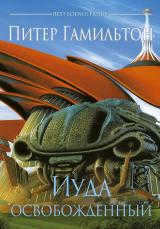

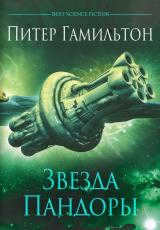

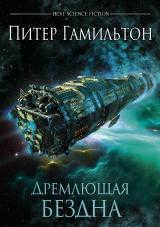

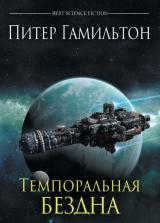

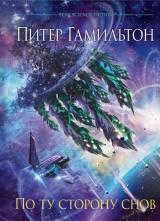

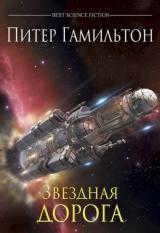

Every user who has registered with us is able to submit books on our website. In the event that your book has been published without your authorization, kindly forward your complaint to [email protected] or complete the feedback form.
Within 24 hours, we will take immediate action to remove any unlawfully posted content.
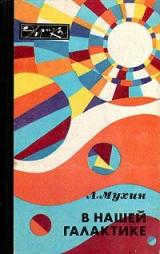
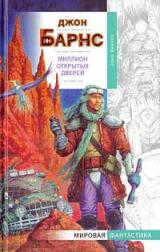

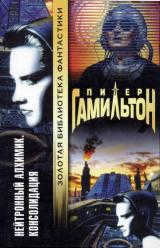

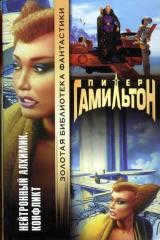

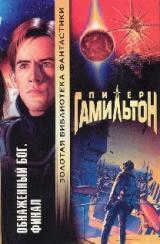

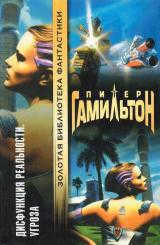

Reality Dysfunction: An Overture – access the complete book online for free (full text)
Below you will find the entire text of the book, organized by page. By saving the location of the last page you read, you can easily continue reading the book “Reality Dysfunction: Overture” online for free without having to search for your last position. Simply bookmark it and you can return to the exact page where you left off at any time.
– I am aware of your presenceAnon’s whisper reverberated in that secluded corner of her mind that was reserved for the two of them alone.
Subconsciously, she realized that he was positioned directly above Spyros. Opening her eyes, Syrinx gazed up at the vast expanse of the blue sky.
– My apologies, but my attention is focused far beyond your overwhelming stimuli.
– I enjoy gazing at you. Honestly, it’s not a frequent occurrence.
She motioned her hand aimlessly. And beyond the luxurious blue of the sky, she witnessed herself sprawled on the deck of a small vessel. She waved a greeting to someone. The ship drifted away, turned into a speck, and ultimately vanished. The two elements had fused together.
– Please come back soon,” Anon pleaded. – It’s not beneficial for me to be this close to the planet.
– I will. I assure you I’ll return promptly.
Dark carcasses leaped out of the water. Syrinx observed them from a distance. Defying the laws of gravity, the massive, curved bodies soared above the waves and plunged downward, creating swirls of frothy water. Vapor sultans ascended into the sky, emerging from their breathing apertures.
Syrinx was bursting with excitement. She leaped around the deck, pointing at the whales and exclaiming:
– Look, look!
– I can see them,” Mosul replied. He felt a mix of joy and a peculiar sense of pride. – They are blue whales, a large group of them; I believe there are a hundred or more.
– Do you see them?– Syrinx asked.
– I see,” ‘Anon’ reassured her.” – And I can sense it. You are happy. I am happy. The whales also seem happy, they are smiling.
– Yes!– Syrinx laughed. Their mouths slid open, forming smiles. Smiling an everlasting smile. And why wouldn’t they? The mere existence of such creatures could only bring a smile.
A ten-meter-long calf swam up to Spiros and spouted a stream of water from its blowhole. Its mother stayed close by, and the two of them rubbed against each other and playfully bumped. Their massive tails churned the water, sending startled fish leaping to the surface. Their fins flapped through the water like wings. Syrinx watched with indescribable joy as the pair swam just fifty meters from the ship, causing it to rock with the force of their powerful tail slaps. Only at the last moment did she notice the calf nestled against its mother’s body, nursing on her milk.
“It’s an unmatched sight!” exclaimed Syrinx, captivated by the spectacle. Her hands gripped the railing so tightly that her knuckles turned white. “And these aren’t even aliens, they’re our Earth creatures.”
– No longer. Mosul, standing next to her, was captivated.
– Thank goodness we were wise enough to preserve their genetics. I still can’t fathom how the Confederate assembly allowed you to bring them here.
– These whales do not disrupt the food chain; they exist independently. To this ocean, the loss of millions of tons of krill per day holds no significance. There have never been creatures like them in Atlantis itself. Therefore, whales face no competition in this habitat. They are also mammals that, at a certain stage of their development, require solid ground. As for Atlantis, the largest creature it has ever produced is the red shark. However, even it only grows up to a length of six meters.
Syrinx’s arm wrapped around Mosul’s arm. The girl pressed herself against him completely.
– I must say, it is quite unusual for the assembly to demonstrate such a great amount of common sense. However, it would be an absolute tragedy to allow these creatures to go extinct.
– You are incredibly heartless and cynical.
She gave him a gentle kiss. A preview of what is yet to come. Resting her head against his shoulder, she redirected her focus towards the whales, attempting to recall every intricacy of these captivating creatures’ behavior.

Embark on a journey to Lightz Park alongside Vincenzo as a valued participant of the Xiaomi Creator Program! Utilizing the advanced capabilities of the Xiaomi 13 Pro camera, you will have the opportunity to immortalize the captivating and motivational moments of the day. Don’t miss out on this exclusive screening and become a part of this extraordinary experience. SecretMasterpiece

Nina Davidson’s camera provides a one-of-a-kind point of view on existence, kinship, and creativity. Uncover her previous existence and the genuine meaning behind encountering The Masterpiece Secret with the Xiaomi 13 series.

Xiaomi is often associated with smartphones, however, this company has the potential to offer a wide range of products in various categories.


Join Vincenzo, a member of the Xiaomi Creator program, as he takes you on a journey to Lightz Park. Experience all the thrilling and awe-inspiring moments of the day through the lens of the Xiaomi 13 Pro camera. Don’t miss out on this exclusive screening and become a part of the unforgettable SecretMasterpiece adventure!

Nina Davidson has a distinctive outlook on life, family, and art. Discover her previous experiences and gain true understanding of the Secret of Masterpiece with the Xiaomi 13 series.

While Xiaomi is often associated with cell phones, it is worth noting that the company has a diverse range of products to offer.


Embark on an adventure to Lightz Park alongside Vincenzo, a participant in the Xiaomi Creator program! With the Xiaomi 13 Pro camera, you can capture every thrilling and awe-inspiring moment of the day. Join us for the screening and immerse yourself in this one-of-a-kind experience. SecretMasterpiece

Nina Davidson provides a one-of-a-kind viewpoint on existence, kinship, and creativity. Get insights into her previous existence and the true significance of encountering The Masterpiece Secret alongside the Xiaomi 13 series.

Xiaomi is often linked with mobile phones, however, it is capable of providing products in various fields.




Authorized Repair Centers
Service Points
Special Offers on Your Birthday
Latest Updates from Xiaomi
Stay Informed with Our Newsletter






